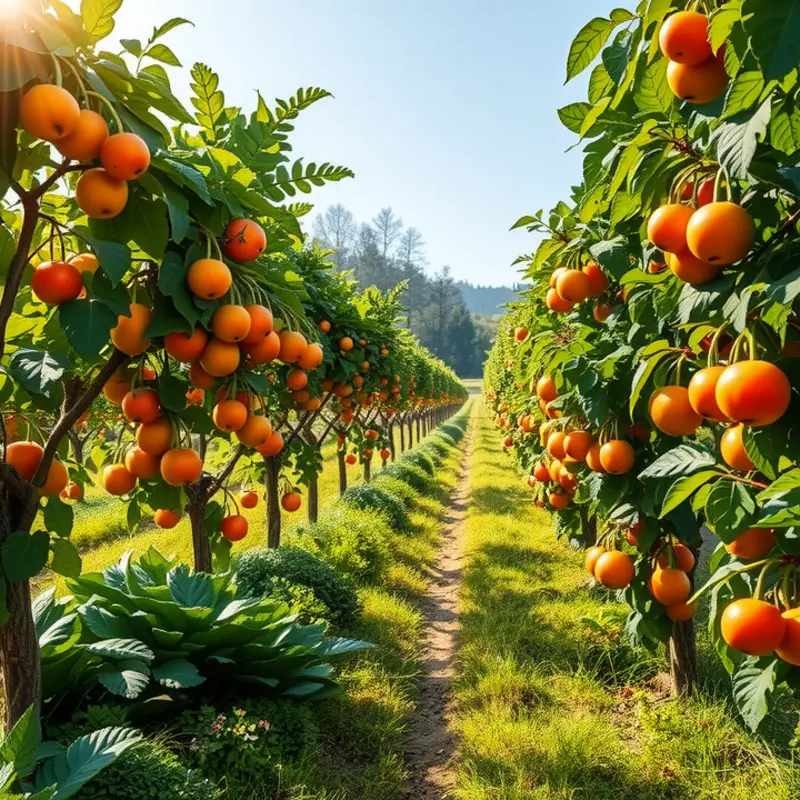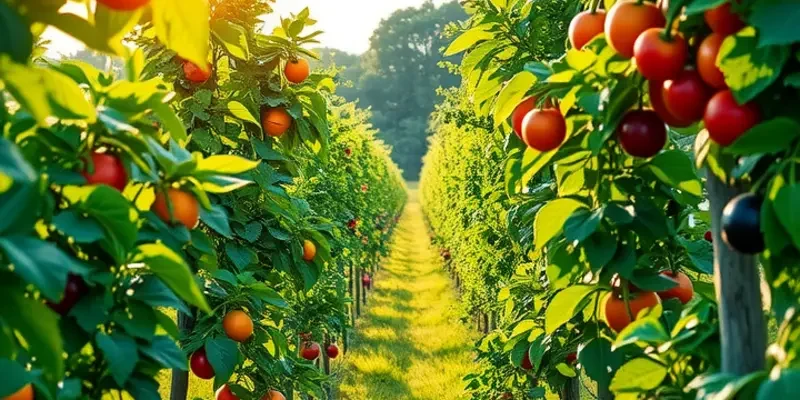Cooking without eggs and dairy can be both flavorful and fulfilling, especially for those with dietary restrictions. This guide offers practical ingredient substitutions and helpful tips to inspire home cooks to embrace a new culinary adventure. Whether you’re vegan, lactose intolerant, or simply exploring healthier options, the world of eggless and dairy-free cooking is brimming with delicious possibilities. Let’s delve into simple ingredient guides and flexible recipes that will make your kitchen a haven of creativity and nutrition.
Essential Substitutes for Eggs and Dairy

Cooking without eggs and dairy may seem challenging at first, but with the right substitutes, you can recreate the flavors and textures you love. Eggs and dairy often act as binding agents, leavening ingredients, and moisture enhancers in recipes. Understanding how to replace them effectively is key to perfecting your dairy-free and egg-free culinary endeavors.
Let’s begin by tackling the egg substitutes. Eggs provide structure and moisture in baked goods, while in savory dishes, they often act as a binding agent. A popular replacement is the flaxseed or chia seed egg, made by mixing one tablespoon of ground flax or chia seeds with three tablespoons of water. Let it sit for a few minutes until it reaches an egg-like consistency. This offers both binding and nutritional benefits, given the omega-3 fatty acids and fiber the seeds provide.
Another excellent choice is aquafaba, the liquid found in canned chickpeas. Three tablespoons of aquafaba can replace one egg, especially in recipes requiring whipping, such as meringues or buttercream frosting. Not only is aquafaba a remarkable egg substitute, but it also showcases how otherwise discarded ingredients can be utilized, promoting a low-waste cooking approach.
For those who miss the richness of eggs in their dishes, mashed bananas or applesauce can add moistness and sweetness, making them perfect for muffins and quick breads. Use 1/4 cup of either fruit puree per egg. It may subtly alter the flavor, so choose based on your desired taste profile.
Moving on to dairy substitutes, plant-based milk alternatives are abundant. Almond, soy, oat, and coconut milk each have unique properties. For a neutral taste, oat milk often works best in both savory and sweet applications. Coconut milk offers a creamier texture, ideal for soups and curries, while almond milk’s lightness is excellent for smoothies and cereal.
Replacing cream requires a denser alternative, and coconut cream, skimmed from a chilled can of full-fat coconut milk, does just that. Cashew cream is another versatile option, created by blending soaked cashews with water to a creamy consistency. This can substitute for cream in sauces and desserts, providing both richness and a hint of nuttiness.
To replicate the tang of yogurt, try using coconut or soy yogurt. They enhance smoothies and provide a creamy base for savory dips or dressings. The natural probiotics present also contribute to better gut health. For more options on non-dairy probiotics, explore our guide to non-dairy probiotics.
Cheese often leaves a void in dairy-free diets, but nutritional yeast can fill that gap. These flaky golden specks provide a cheesy flavor when sprinkled onto pasta or popcorn, making them an indispensable pantry staple. Alternatively, cashew-based cheese spreads, easily prepared at home, deliver both creaminess and flavor.
Mastering these substitutions can transform your kitchen into a hub of experimentation and satisfaction, ensuring no dish is off-limits. With creativity and an understanding of ingredient properties, you can achieve delicious results without eggs or dairy, maintaining the essence of your favorite recipes.
Creative Cooking with Dairy-Free and Eggless Ingredients

Embarking on a dairy-free and eggless culinary journey opens doors to a world of creativity and flavor. It requires an understanding of key substitutes, such as almond milk, coconut cream, chia seeds, and aquafaba. These alternatives not only mimic the desired textures but also add unique tastes to your dishes.
Starting with breakfast, let’s transform a classic pancake recipe. By swapping out eggs with a chia seed mixture and using almond milk instead of regular milk, you can achieve fluffy, delicious pancakes. Combine one tablespoon of chia seeds with three tablespoons of water, and let it sit to form a gel that acts as a binding agent. Mix it with flour, sugar, baking powder, and almond milk for a smooth batter. Cook the pancakes on a hot griddle, and serve with fresh fruits or maple syrup.
Moving to lunch, a creamy pasta dish is achievable with the use of dairy-free cheese and coconut cream. To prepare a rich Alfredo sauce, sauté garlic in olive oil, then stir in coconut cream and dairy-free cheese until smooth. Season with nutritional yeast for added depth of flavor. Pour the sauce over cooked pasta and toss with steamed broccoli or spinach for a nutritious touch.
For dinner, explore a hearty chickpea stew flavored with coconut milk and a medley of spices. Sizzle onions and garlic in a pot, add chopped tomatoes, drained chickpeas, and spices like cumin and coriander. Pour coconut milk over the mixture and allow it to simmer until the flavors meld. Serve with rice or flatbread for a satisfying meal.
Desserts may seem challenging without eggs or dairy, but with a little creativity, they can be truly indulgent. Consider a chocolate mousse using aquafaba, the liquid from canned chickpeas. Whip aquafaba until it forms stiff peaks, similar to egg whites. Melt dairy-free chocolate and fold it into the aquafaba with a splash of vanilla extract. Refrigerate the mousse until set for a rich, creamy dessert.
In exploring dairy-free and eggless cooking, some may find value in non-dairy probiotics to maintain gut health. Explore options in our guide here.
Experimenting with these substitutes can redefine your culinary experiences, making each dish both healthy and flavorful. With each creation, you’ll find new ways to enjoy the foods you love without compromising on taste or dietary needs.
Final words
Cooking without eggs and dairy opens up a world of flavors and creativity while catering to diverse dietary needs. With the right substitutes and techniques, you can create delicious meals that everyone can enjoy. Embrace the flexibility of using plant-based ingredients, and don’t hesitate to experiment with flavors and textures to find your unique favorites. Whether you’re crafting a creamy pasta sauce without dairy or whipping up a fluffy pancake without eggs, remember that culinary creativity knows no bounds. Allow yourself the freedom to innovate in the kitchen, and savor the joys of cooking for yourself and others with ease and confidence.







